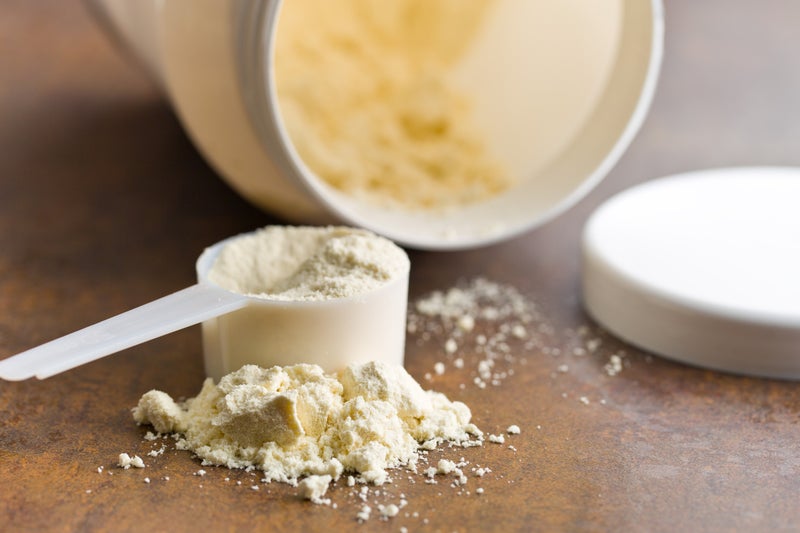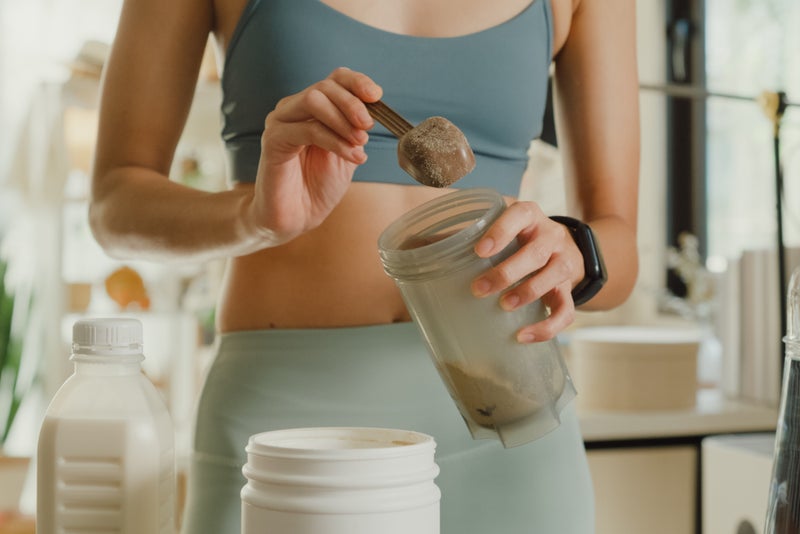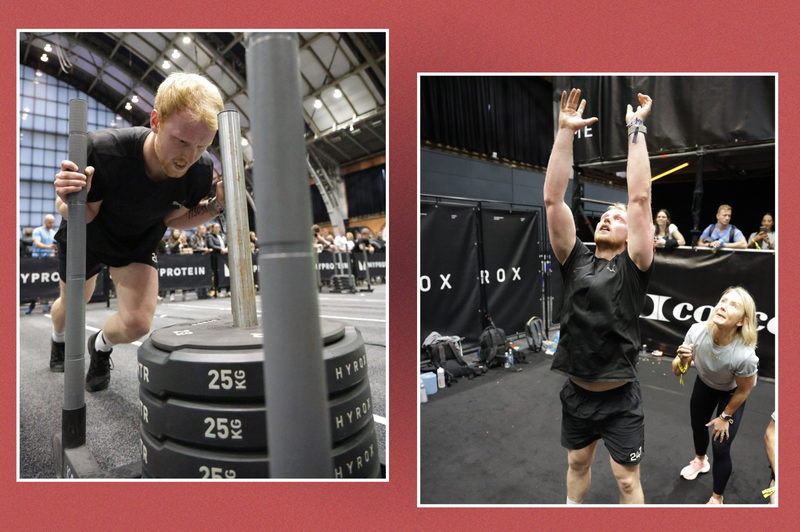Wondering which whey protein powder to buy? We asked the experts for their top shopping tips. The whey protein powder market is an overwhelming place nowadays. There are hundreds of options, with tubs covered in buzzwords and bright branding. But which protein powder, if any, should you buy?. This guide aims to serve as your supplement sommelier. I’ve enlisted the help of experts to identify which features you want from a quality protein powder, and which ones should trigger an about-turn.
So, whether you’re using supplements to build muscle, support your weightlifting efforts or simply hit your daily protein quota around a busy lifestyle, consider their dos and don’ts before you buy. Thanks to influencers and fitness models, protein powder has been somewhat glamourised. But the supplement has humble beginnings – it’s one of two dairy proteins and the liquid byproduct of the cheese-making process.
“Ever heard of curds and whey in cheese-making?” Darley says. “This whey contains protein, lactose and fats. It is filtered to concentrate the protein, separated, then dried to create the high-protein whey powder we see in our protein powders.”. The other dairy protein is casein. This is slower-digesting and can frequently be found as a pre-bed supplement, with the selling point of supporting muscle growth and repair overnight.
On the other hand, “whey protein is one of the most efficient, fast-absorbing proteins available, making it a great choice for athletes,” Beeson explains. Read more: This one-move workout from Anne Hathaway’s trainer builds core stability in just three minutes. Whey protein can be processed to take one of three main forms; concentrate, isolate and hydrolysate. Whey concentrate: “Whey protein concentrate is lower in protein and higher in fat and carbs,” says Beeson. It’s the least processed form of whey protein, and as such it’s usually the cheapest. The difference in fat and carbs between whey protein concentrate and isolate also only tends to be a matter of grams, so recreational exercises might want to stick with this more affordable choice.
Whey isolate: “Whey protein isolate has a higher protein content [than whey protein concentrate] with less fat and fewer carbs,” says Beeson. It also has a lower lactose content. Whey hydrolysate: “Whey hydrolysate is pre-digested for faster absorption,” Beeson explains. This makes it a popular pick for a post-workout shake, but also means it’s usually more expensive. Read more: Why going sober was one of the best things I’ve ever done.
Protein is made from a chain of amino acids, which can be used by the body as building blocks to repair and grow tissues. This includes muscle, hence protein’s brawny associations. There are 20 amino acids in total, and the body needs all of them to function properly. It can make 11 of them, but the other nine need to be ingested, earning them the title “essential amino acids”. Any food, drink or supplement that contains all nine is called a “complete protein source” – whey protein falls under this umbrella.
“Whey protein provides all essential amino acids, including high levels of leucine, a key trigger for muscle protein synthesis [the process of building muscle],” Beeson says. “It may help with muscle repair, satiety, weight management and even immune function.”. Read more: I tried the 12-minute workout Helen Mirren's used for her ‘whole life’. “There is now a large body of evidence that shows the optimal range for an active healthy adult is anywhere between 1.6g and 2.5g of protein per kilogram of body mass each day,” he says. “Where you place yourself in this bracket will be determined by your goals, training and lifestyle.".
If you can hit this figure with whole foods alone, there’s no need to splash the cash on extra protein supplements. But this can be tricky to do around a busy lifestyle, particularly for those looking to eat enough protein to support muscle growth. “As protein is probably the most expensive macronutrient to source in the diet, protein powders can also be a cost-effective and convenient way to boost protein intake,” Beeson says.
“Whey protein powder is quickly absorbed, which is why it’s loved by gym goers,” Darley adds. “It’s a simple way to get more protein into your diet, and you know exactly how much you’re consuming.”. However, both Darley and Beeson highlight how whey protein powder isn’t for everyone. “As it's sourced from dairy, whey protein typically contains lactose which may cause digestive symptoms in sensitive people,” Beeson warns. “Some whey isolates have lactose removed, so they can be a better option.”.
“Some people may experience bloating, gas, or discomfort,” adds Darley. “It’s also not suitable for those with a dairy allergy.”. Read more: Walking for 15 minutes after eating has an ‘immediate effect’ and can protect your health long-term, expert says. Perhaps this is teaching grandmothers to suck eggs, but the first thing to look for when buying a protein powder is the protein content per serving. Beeson gives her seal of approval to anything between 20g and 30g.






















